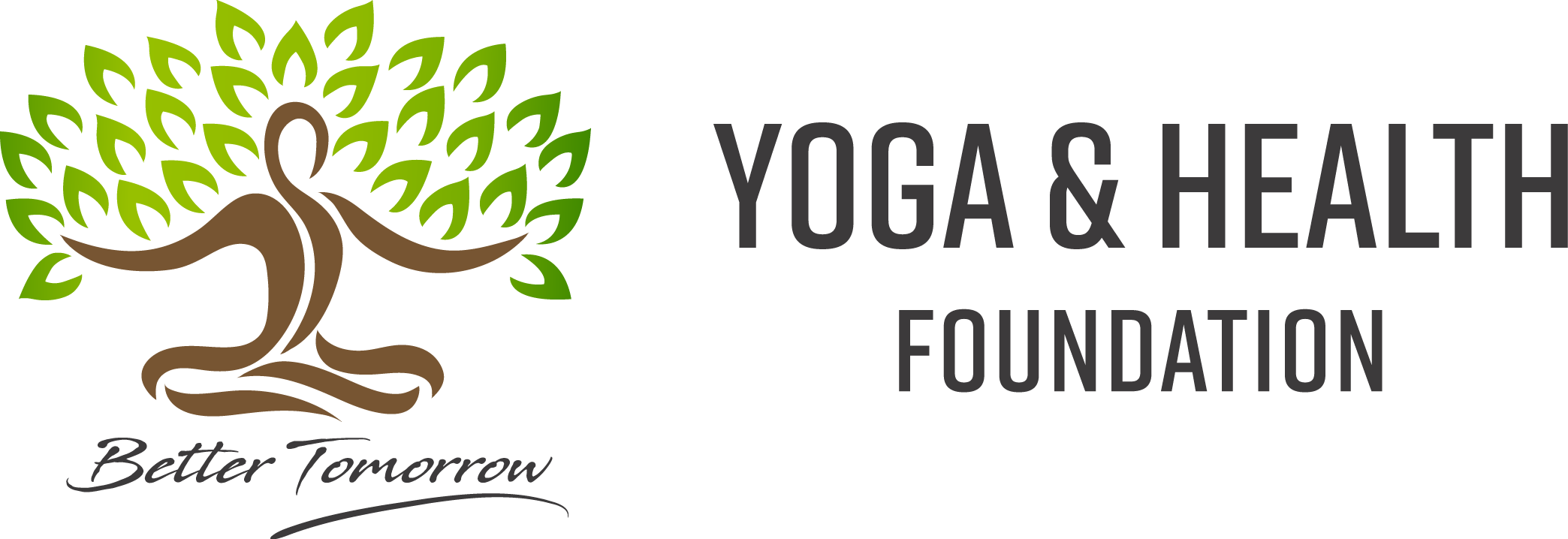“A Plant-Based Diet – The best choice we can make for our planet, our economy, our animals, and ourselves”
For as long as we can remember, modern medicine and university research told us that a diet rich in meat and dairy would give us healthy bones, muscle mass, and an overall stronger and more energetic version of ourselves. As this research has deepened and knowledge evolved, with time we…
